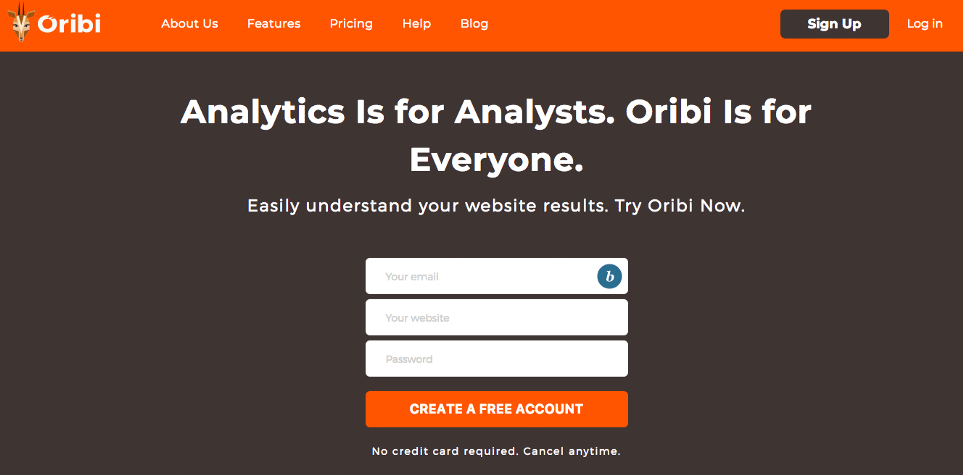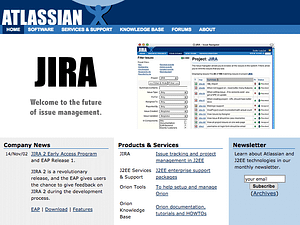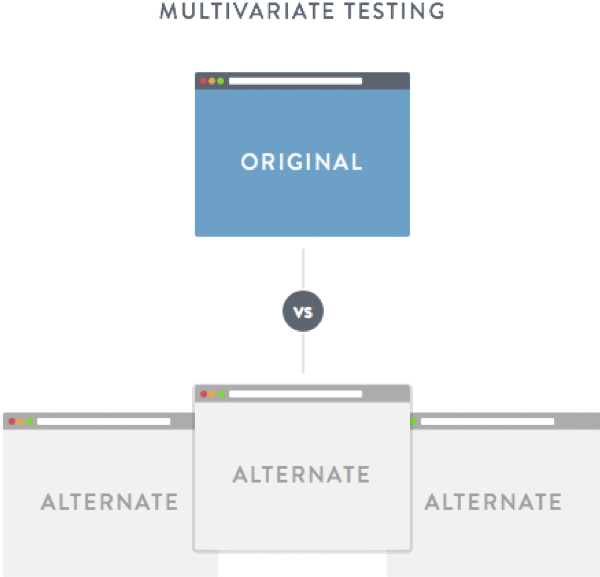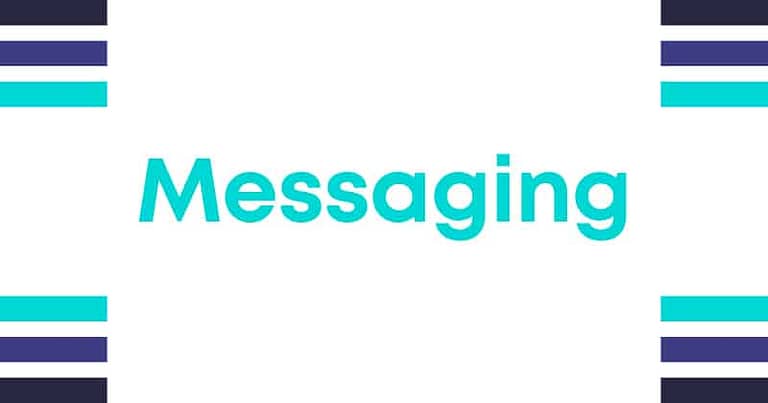Steve Jobs when presenting Apple’s new ‘think different’ campaign said: “It’s a very noisy world, and we’re not going to get a chance to get people to remember much about us… no company is.” Much of this still holds true today and is perhaps even intensified.
This creates a laborious challenge, particularly for start-ups with limited resources and with technical founders who mistakenly believe that technology will sell itself. We noticed that almost all of our early-stage portfolio face this very challenge: How do they communicate their product to their target buyers in a clear, compelling, and differentiated way?
Since many of our early-stage portfolio companies are attempting to shape new markets, they face an even steeper uphill climb of not only coming up with effective messaging but also educating their customers about entirely new market categories.
For this reason, we decided to investigate the problem and see if we could come up with guidelines around what process an early-stage company should go through when coming up with their initial messaging.
Perhaps one caveat, we are investors, not marketers. We do not profess to have any marketing experience. The below is simply a result of research and a great deal of advice and direction from entrepreneurs that we trust and admire.
Lesson # 1: Why should Start-ups care about their messaging
Communicating clearly what your company does is essential. Both for the purpose of engaging customers, attracting top talent, and even successfully raising capital. Customers, talented individuals and investors hear many pitches. Differentiating between all these pitches often comes down to how effective the initial communication was. This makes it critical to get your messaging right from the very beginning.
Lesson # 2: What is a ‘marketing message’?
The first question that we asked ourselves was what is a marketing message?
Iris Shoor, the founder of Oribi, Overops and VisialTau (Acq Autodesk) put it simply. “Your marketing message is not just a good tagline, rather a way of communicating what the company does. It should reflect the product, technology and even the company culture.
Here is an example of Oribi’s messaging that does this really well.

Note how Oribi’s headline, “Analytics is for Analysts”, plays on users’ disdain towards complex analytics software, and “Oribi is for everyone” lets users know they don’t need specialized skills to operate the product, thereby giving you insight into what the product is — Analytics that anyone can use.
Oribi’s name and adorable logo conjures an image of friendliness and dependability giving a sense of Oribi’s culture and mission. All the same time, we get a taste of what Oribi does, what their product is like and an insight into the company culture.
Andy Raskin, well known start-up storyteller puts it another way: “Think about your marketing message as the story you would like to tell users.” Instead of focusing on what your product does, which might be your natural instinct, frame your message as a story. In any good story there is a villain or “enemy” as Raskin puts it, which represents how a potential customer is experiencing a problem, and a hero or as he puts it your customers “promised land” where they can get to with your solution. Elon Musk executes his story really well when presenting Tesla’s Powerwall. The enemy, graphically presented is “global warming (is) a serious crisis and we need to do something about that”

Musk continues with the hero of the story — the Powerwall, “the missing piece, the thing that is needed for a proper transition to a sustainable energy world.”
After having brought up this topic with Iris as well as other founders in our portfolio, we quickly realised that you should not diminish your marketing message to a cute one-liner or catchy witticism. Rather, think of it as everything that your brand and your company wants to stand for. We noticed the immense effort and the great deal of resources strong entrepreneurs dedicate towards developing their marketing message and have come to believe that it’s something all start-ups should do from the early stage.
Lesson # 3: How to come up with an effective marketing message?
One of our portfolio companies, still operating in stealth, was finding it difficult to capture what they do in a short pitch. After observing another one of our portfolio companies bring a bunch of their team to our offices for an offsite to brainstorm for their own messaging, we encouraged the former company to try something similar.
A couple days later we reconvened in the same room to discuss what they had come up with. We were astounded with the progress that they had made. We asked them what process they had gone through in order improve their pitch in such a short period of time.
They did the following:
“We got our entire team together, filled the room with food and drink, and for hours really asked ourselves what sort of company we are and want to become. We made everyone present their own ideas, and were eventually able to agree on a couple of messages that really communicated what we do.”
The progress that this company went through suggests that the best way to get started is a great deal of brainstorming (food tends to help get the creative juices flowing as well). Get your team together, block out a day, perhaps take them out of the office and really open the table and hear what everyone has to say. It is even better If you can involve team members from different areas of the company as it will unveil a number of different and new perspectives that you may not have thought of.
In addition, ensuring that your messaging is consistent whenever communicated by anyone in your team is crucial to not confuse potential customers.
Lesson # 4: Consider your competition’s messaging
Consider the messaging your competition is using. It was amazing how insightful this exercise was when performed by our portfolio companies. Not only did it spark a number of new ideas for them to try, but it also revealed the underlying targeting strategy of their competition.
Keep in mind, that as an early-stage company, you are likely looking at more mature companies as your competition. Since they are already mature, their messaging will be different, especially since people already know who they are, and are likely now representing a suite of products rather than just the one they started with. Therefore, we recommend using a tool like archive.org that can take you back to earlier screenshots of how their website used to look.
Today, for example, the messaging on Atlassian’s website reads “Go from dream to done, with Atlassian,” whereas when they were starting up and did not have a suite of development tools to present, the messaging was “Jira — welcome to the future of issue management.”
We found it interesting to see how companies’ messaging evolved over the years and we think it a worthwhile exercise to perform while figuring out your own.


Lesson # 5: Figure out who your buyer is likely to be. This is easier said than done.
Another one of our portfolio companies is facing this very question. While the team is certain that this product will naturally appeal to developers, it is clear that the developers themselves are not going to be able to make the buying decision, rather it will require the approval of the VP R&D. Therefore, should the messaging be directed towards developers or should it be targeted at the VP R&D?
Here are a couple of thoughts around this particular issue:
On one hand, developers don’t have the authority to sign large checks therefore focus on convincing the VP R&D of the product’s value to the company through your messaging.
On the other hand, developers today wield a great deal of power within organizations. Therefore, if you can turn them into your biggest advocates, the process of convincing the VP R&D to make a purchase will be significantly easier.
While I do not proclaim to have a good answer to the above question, we have learned that the answer is almost always not obvious. Thinking and analysing who your buyer will likely be is critically important before building your messaging.
Lesson # 6: Try to put yourselves in the shoes of your buyer
Messaging tends to work best when it taps into the most pressing pain your target buyer is experiencing. If you can tap into that pain, the chances of engaging them are a lot higher.
One useful exercise we did internally was to try and figure out what messaging was working for companies targeting VP R&D’s / VP Engineering. We started by collecting the top 20 companies we believed to have products that sell to VP R&D’s / VP Engineering, and collected a number of different messages that these companies are using. We then looked into the themes contained within their messaging and counted those that appear most frequently. The results gave a strikingly clear indication of what companies having success selling to these positions believe is the most pressing pain they are experiencing.
No matter who your buyer is within an organization, figuring out the pain they are experiencing and offering them an instant solution is going to have them asking for more.
Less # 7: Listen to how your customers describe your product
Another useful tip, again from Iris, is that often the best descriptions of your product come from customers themselves. These are the people using your product and actually seeing value from it. Therefore, ask them in their words how they would describe your product — their answers are likely to reveal a fresh perspective, perhaps one not thought of before. A way to do this without necessarily having to send them a survey is to look at your product reviews and try to identify the descriptive terms they use to characterize your product.
Lesson # 8: How to determine whether your marketing message is working
Once you have developed your initial messaging, you can pretty quickly get a good idea of what is working by simply testing the results. Testing at this stage is crucial, as it gives you the ability to decide whether to optimize what you have come up with so far or go back to the drawing board.
From our own internal trials of implementing these tests we found that Optimizely worked really well. Optimizely allows you to test different messaging ideas easily, by letting you change text, images and page styles without having to change your website source code. It then automatically diverts traffic evenly between your original page (control page) and your new page(s). It presents the conversion metrics so that you can clearly see which has performed better.
From our own experience it is useful to start with two types of tests:
The first is a multivariate test. A multivariate test allows you to test several elements at a time thereby giving you an idea of which works best. We found this really valuable when we had five different messaging ideas, but were unsure which would work. We tested all five at the same time by diverting our traffic between the 5 landing pages equally. This gave us a pretty good sense of which of the 5 appealed to users most.

We then moved to optimizing the message that showed the highest conversion rates from our multivariate tests. To do this we did A/B testing. An A/B test is used to test one specific change in a page element. For example, we tested how changing our headline effected conversion. Optimizely, diverted 50% of the traffic to the page with the original headline and 50% of the traffic to a page with the new headline. We were then able to determine whether the change had a positive (or negative) effect on conversion.
To remember, to come to a genuine conclusion about either a multivariate test or an A/B test, you need to expose your experiment to enough users. We would recommend that approximately 400–500 users per variation is a good benchmark to set.
Adopting an analytical approach to the way you think about your messaging will really help you progress and get to data backed results.
Summary
Tackling the challenge of your company’s marketing message early and approaching the process scientifically goes a long way at ensuring it does not fall by the wayside.
From what we have found, investing the time in messaging improves your ability to communicate to others what the company does — a critical skill to develop as an early stage start-up. It also goes a long way at setting down what you would like to the company culture to be like and can transpire into what your company becomes known for.
We hope that what we learned from investigating this issue will go a long way at helping other early stage companies with their own messaging. As always, feel free to reach out with any comments or questions. [email protected]




